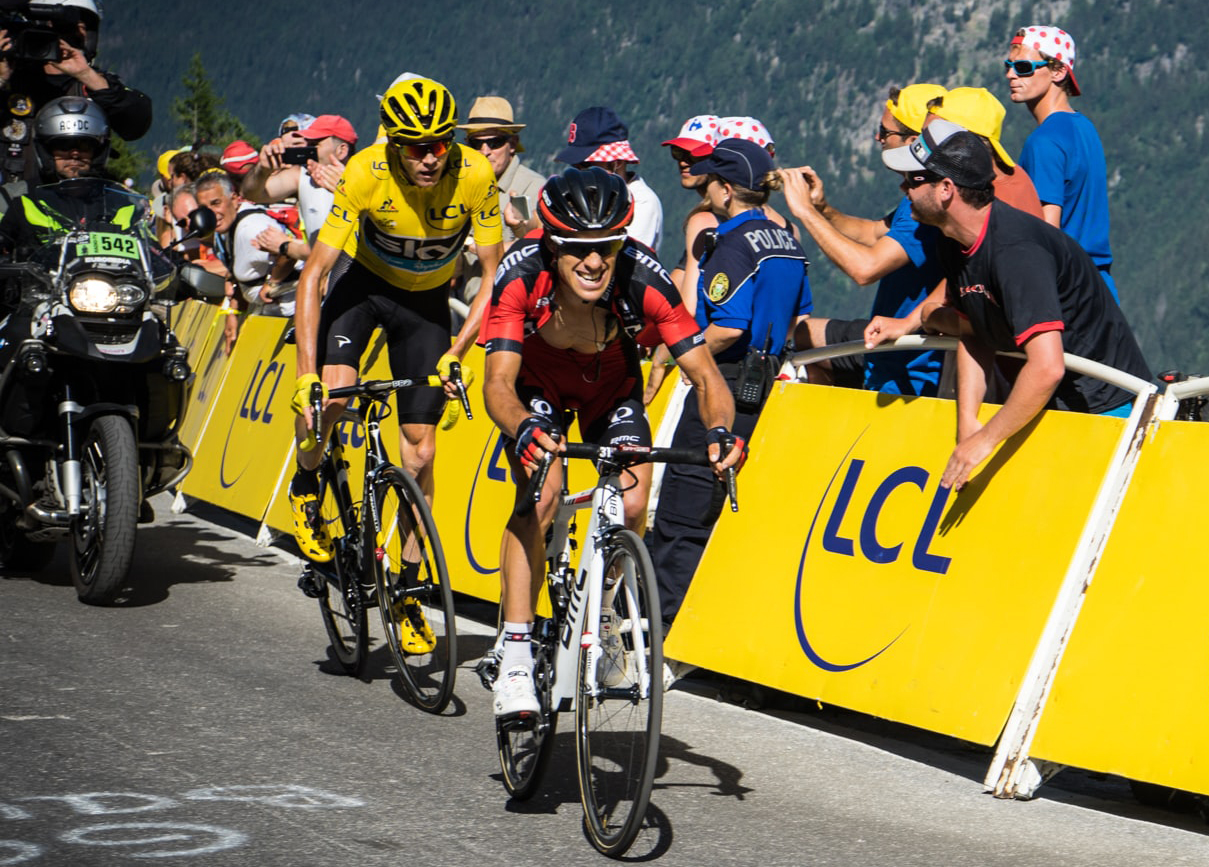Coach Julie Young explores ways to develop mental skills to embrace discomfort as fuel for growth and performance.
Coach Julie Young explores ways to develop mental skills to embrace discomfort as fuel for growth and performance.

Coach Julie Young explores ways to develop mental skills to embrace discomfort as fuel for growth and performance.

Coach Julie Young explores ways to develop mental skills to embrace discomfort as fuel for growth and performance.

What to do when you find yourself caught up in other athletes seeming tougher, happier, and more badass than you on social media.

It’s natural and at times beneficial to compare yourself to others, but social media can exacerbate the negative aspects that come with too many comparison games.

This comprehensive guide includes tips and conversation starters to help coaches walk their athletes through this digital Wild West.

Learn the importance of working on your body first to effect change in your brain and mind.